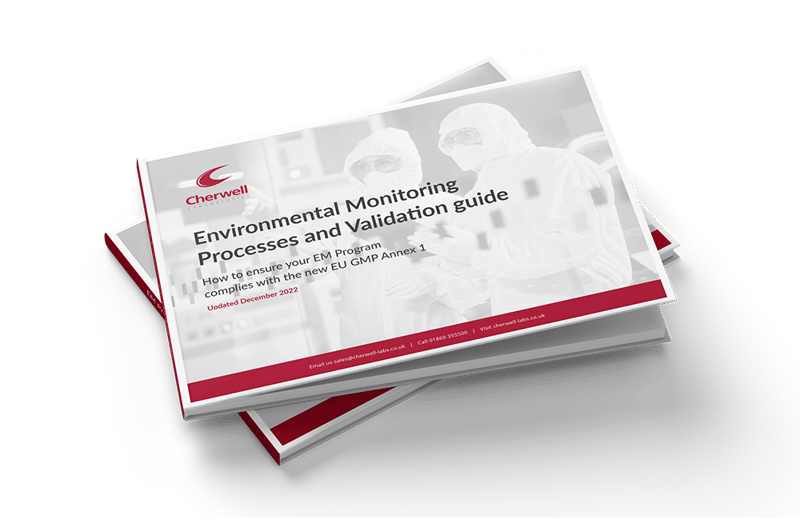The primary objective of Good Manufacturing Practice (EU GMP) is to ensure finished product is free of microbial contamination, particulates and is pyrogen free. The new revised Annex 1 places greater emphasis on the use of a Quality Risk Management (QRM) approach for identifying, evaluating, and controlling the risks within a manufacturing facility and to continually develop that holistic, facility wide contamination control strategy (CCS).
There are many elements to consider within a manufacturing facility, processes, people, product, equipment, facilities, etc. And of course, all of these areas have been under the GMP microscope for many years. However, the new Annex does force manufacturers to ensure these elements are all joined together in a strategic plan to minimise risk and contamination. Section 5 in the Annex deals with equipment and the need for a written, detailed description of equipment design. When applied to the needs for environmental monitoring this should of course include equipment selection and suitability to the area, or grade to be monitored.
The new Annex 1 focuses on continuous monitoring within grade A spaces, such as RABs and Isolators. But it also states a revised limit for validation purposes and ongoing monitoring (Annex 1 - Table 2 & 7) for microbial contamination from active air samples, and settle plates and contact plates, of no growth. Therefore, equipment suitability can be a decisive factor in supporting this new tighter limit. For example, is your microbial monitoring sensitive enough to reliably record down to 1 cfu?
The d50 performance of your sampler demonstrates physical collection efficiency and standards, such as EN17141, provide guidance on what is acceptable. Biological efficiency must not be forgotten, as this also an important consideration. The physical impact of the sampling on to the dish, the capability of the agar medium to recover growth and the incubation regime are factors that can affect biological efficiency. These should all be carefully reviewed and validated, where possible.
Equipment maintenance and cleaning needs consideration. Stainless-steel has long been the preferred material for use in cleanrooms, as it offers high durability to cleaning and decontamination agents. However, despite this, care must be taken to demonstrate that your cleaning regimes are effective and fully validated. In many cases, it is possible that one method of decontamination is not effective, as suggested in a study by Rutala, Gergen, Sickbert-Bennet & Webber which concluded that ‘steam sterilization is the most effective and had the largest margin of safety’.
Besides equipment performance, a critical factor in the effectiveness of EM devices and the production of expensive false positives, is the sterility of the sampling head. In many cases with traditional hand-held devices, the sampling head can be easily removed, and in the case of the SAS range, the stainless-steel head can be steam sterilised. There is also the option of using a sterile plastic sampling head. Daily Heads are double wrapped and gamma irradiated and provide a simple solution for users who don’t have access to steam sterilisers. Daily Heads remove the need for a validated, sterilisation process and substitute this with a certificated sterile product which provides a viable alternative in the quest to reduce risk of false positives. Under the new Annex 1, one colony in a grade A space will initiate a lengthy and costly deviation investigation. The QRM approach should drive a reduction in these investigations and ultimately improve product quality and therefore patient safety.







